Tag: Cats
-
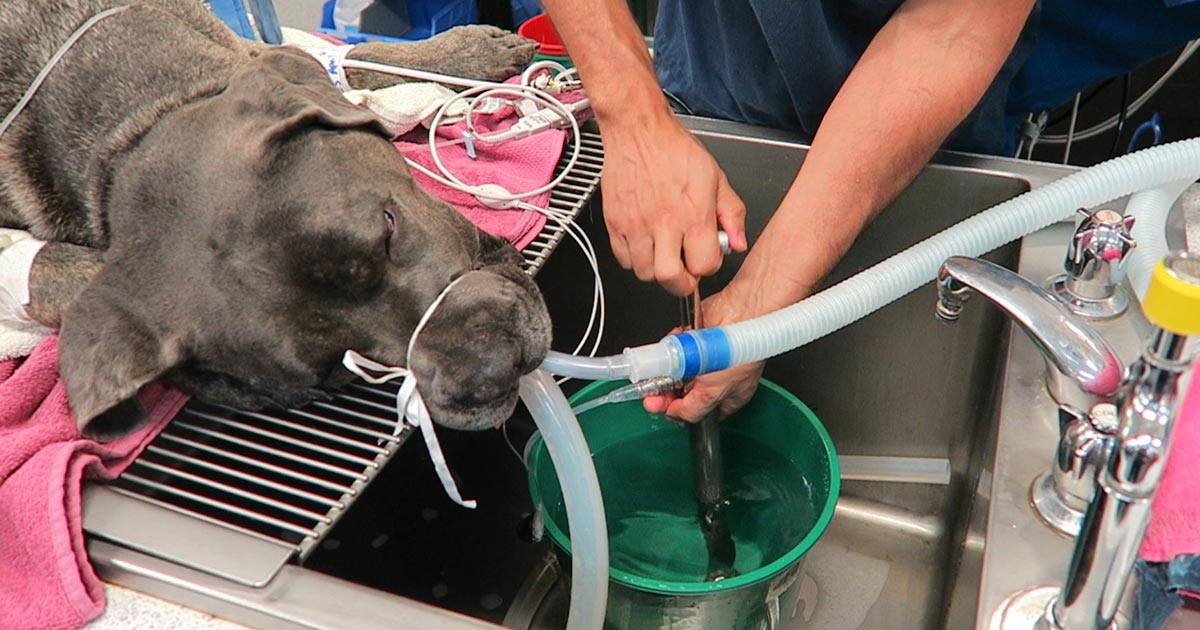
Gastric lavage: more harm than good?
—
by
We all know that sinking feeling when a patient has been known to have ingested highly toxic material and all effort to induce emesis had been unsuccessful. So, the next logical step is to perform a gastric lavage, isn’t it? Maybe not…. In recent reviews of the effectiveness of gastric lavage1-3 – using animal and…
-
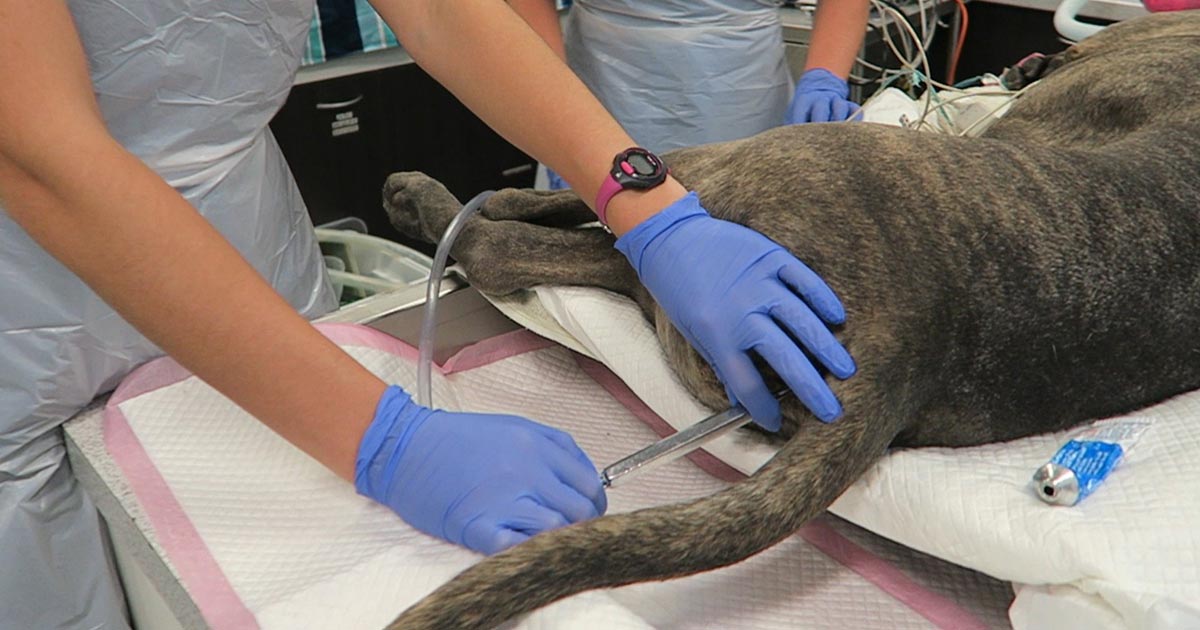
Catharsis, enemas and colonic irrigation for acute oral poisoning
—
by
Great news for those who hate enemas: you may not have to do any of these ever again. This is the consensus by both the American Academy of Clinical Toxicology, and the European Association of Poisons Centres and Clinical Toxicologists. The theory behind these procedures is legitimate – reducing systemic exposure of a toxicant by…
-

Encouraging mums ‘back to what they love’
—
by
A mother of four appointed as the new head of nursing services at one of the UK’s leading animal hospitals is marking International Women’s Day (today, 8 March) by urging more mums to consider returning to work after having children. Kathryn Latimer Jones has taken on the senior role at Linnaeus-owned Northwest Veterinary Specialists (NWVS)…
-
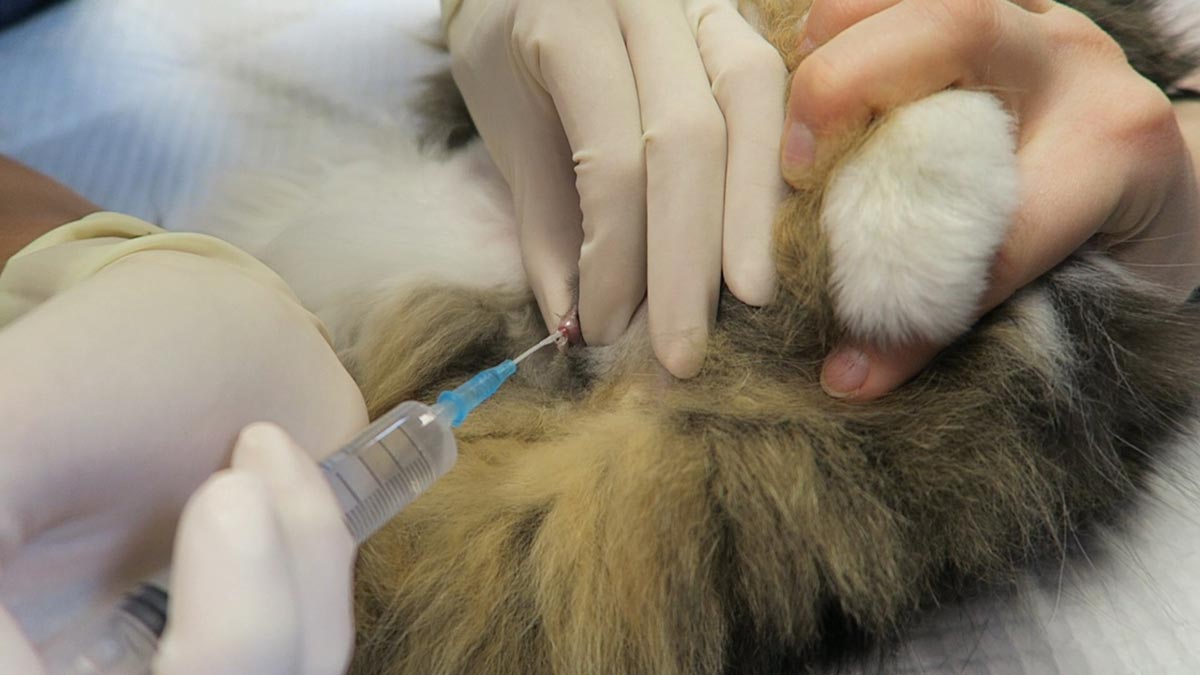
Temporary catheters in obstructed FLUTDs: buying time with a blocked cat
—
by
Obstructive feline lower urinary tract disease (FLUTD) is a common presentation in both general practice and emergency settings. Every clinician has his or her own approach to treating and managing a cat with obstructive FLUTD signs. Working in an emergency setting, once I have confirmed an obstructed bladder via palpation, I focus on trying to…
-
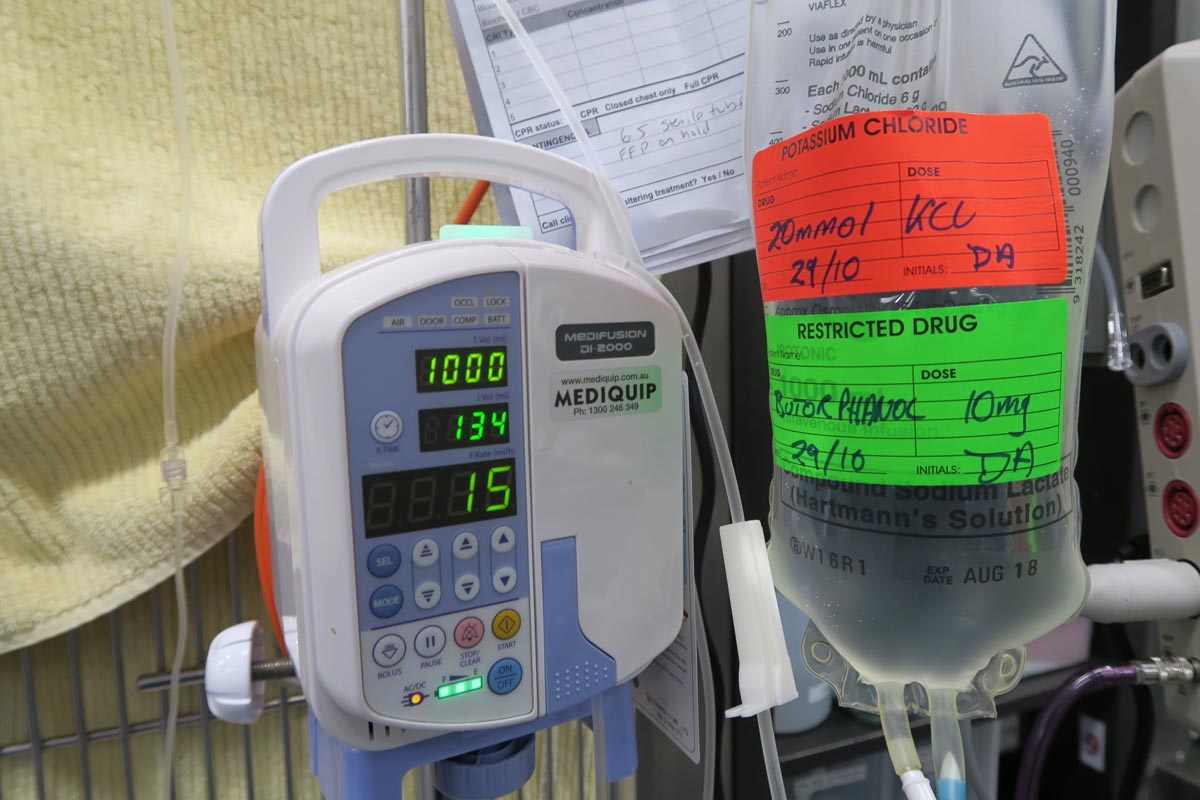
Maintenance fluids
—
by
A while ago we discussed the components of a fluid therapy plan and talked about hydration deficits. This week I want to touch on maintenance fluids. Maintenance rates are typically calculated using the following formulae: ml/day = 80 × bodyweight (kg)0.75 (cats) ml/day = 132 × bodyweight (kg)0.75 (dogs) or ml/day = 30 × bodyweight…
-
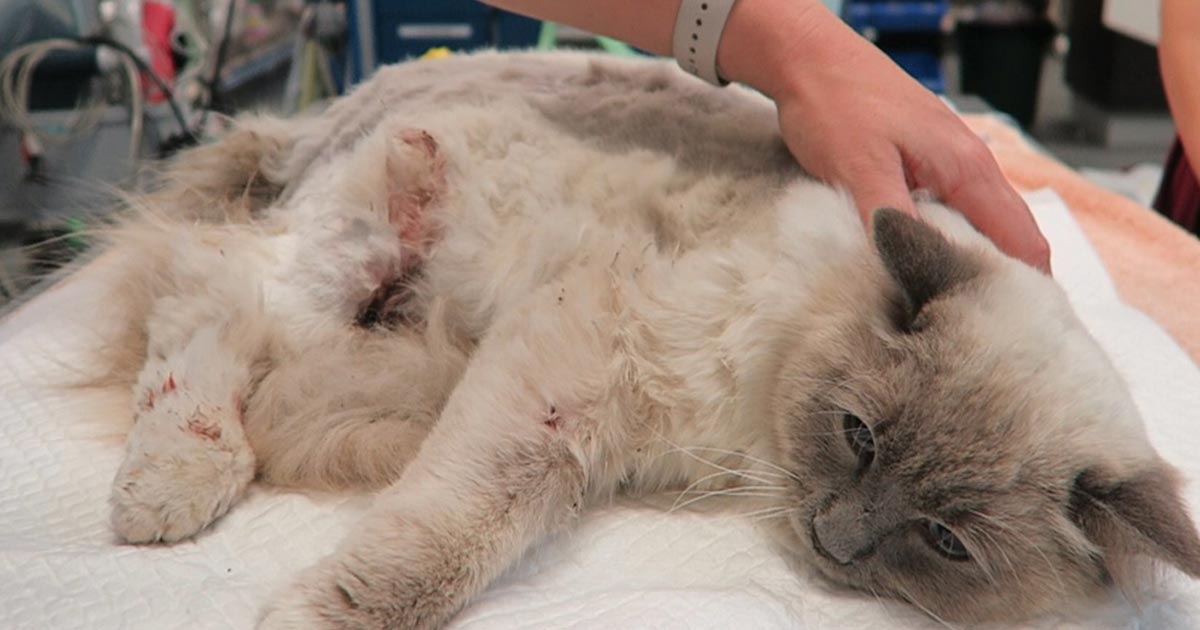
Cat bite abscesses
—
by
Cat bite abscesses are one of the most common presentations in general practice. Even in an emergency setting, I see a number of these patients. Usually they are obvious, but, occasionally, they’re not so obvious and the patient comes in lethargic, inappetant and often “painful”. Overly dramatic? One thing I’ve learned in my time is…
-
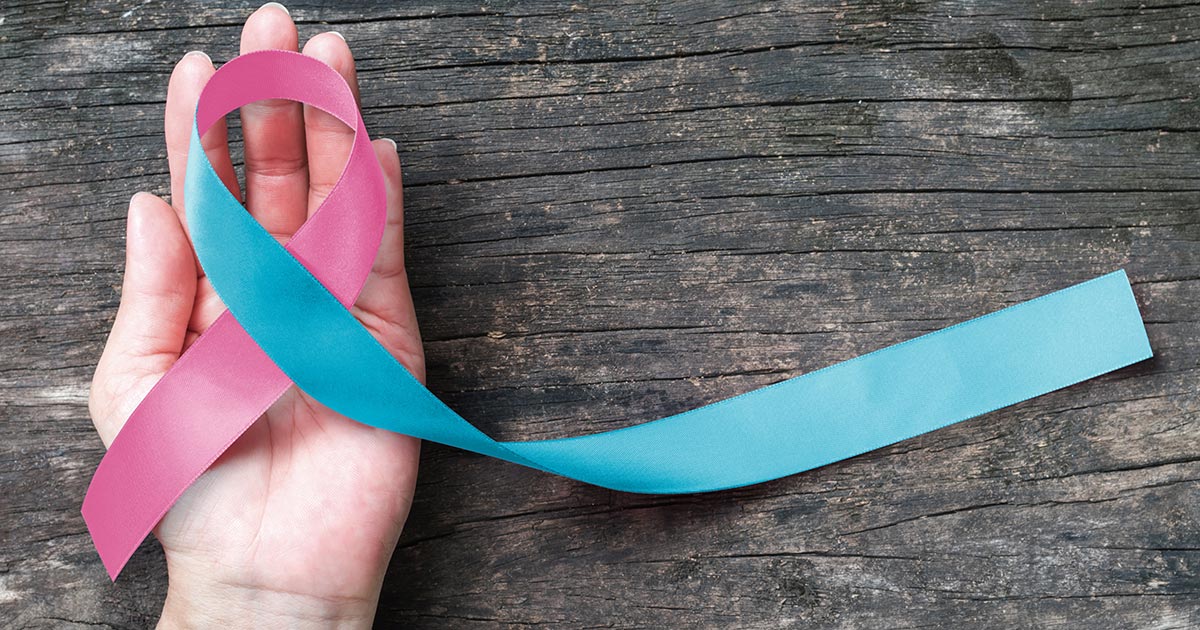
Learning to speak out about pregnancy loss
—
by
This week (9-15 October) sees Baby Loss Awareness Week in action. It’s a time to reflect, remember, and discuss our experiences to help others to feel less alone. After experiencing two early miscarriages this year in February and June, I found talking about my experiences to help others was the best way to work through…
-

Urinalysis: dipstick tips
—
by
Following on from July’s post entitled Urinalysis: the neglected test, let’s have a look at the dipstick – it’s a very easy part of a urinalysis and essential to perform. Here are some of my tips in regards to using dipsticks: It may sound obvious, but you should always use veterinary-specific dipsticks. Human-specific dipsticks include…
-
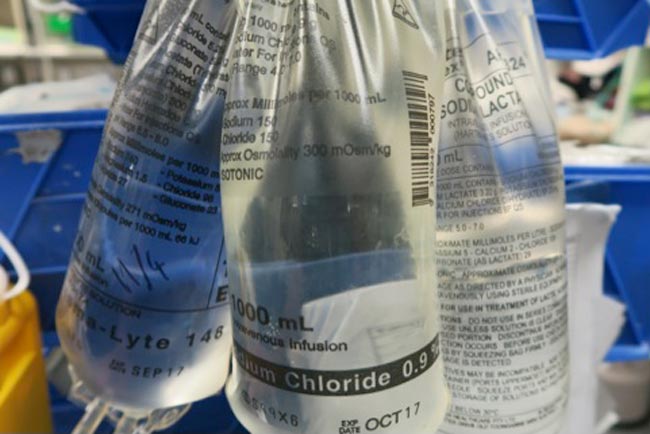
Fluid therapy: twice maintenance just isn’t good enough
—
by
Fluid therapy is a topic that sometimes gets overlooked by vets, partly because there is a misconception that developing fluid plans can be difficult. However, if you keep it simple, you can develop a tailored fluid therapy plan for you patient that is much better than a blanket “twice maintenance” rate. There are four basic…
-
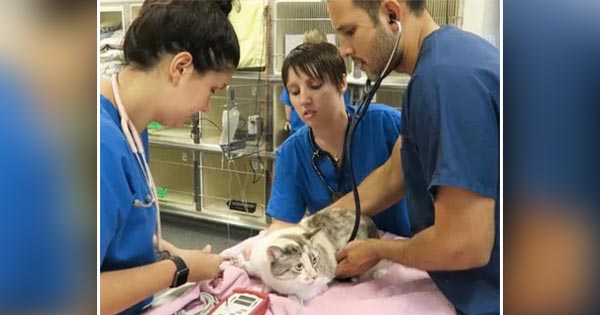
Anaesthetic risks: when complacency sets in
—
by
Adverse events during anaesthesia in otherwise young and healthy patients is a rare occurrence. However, with low incidence of adverse events could come an increased risk of complacency on the part of the veterinary team. Take the following case as an example: “Clicky” is a young and healthy cat that underwent a routine dental prophylaxis…